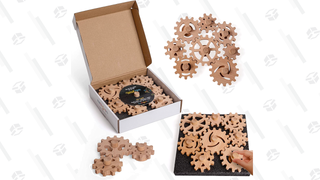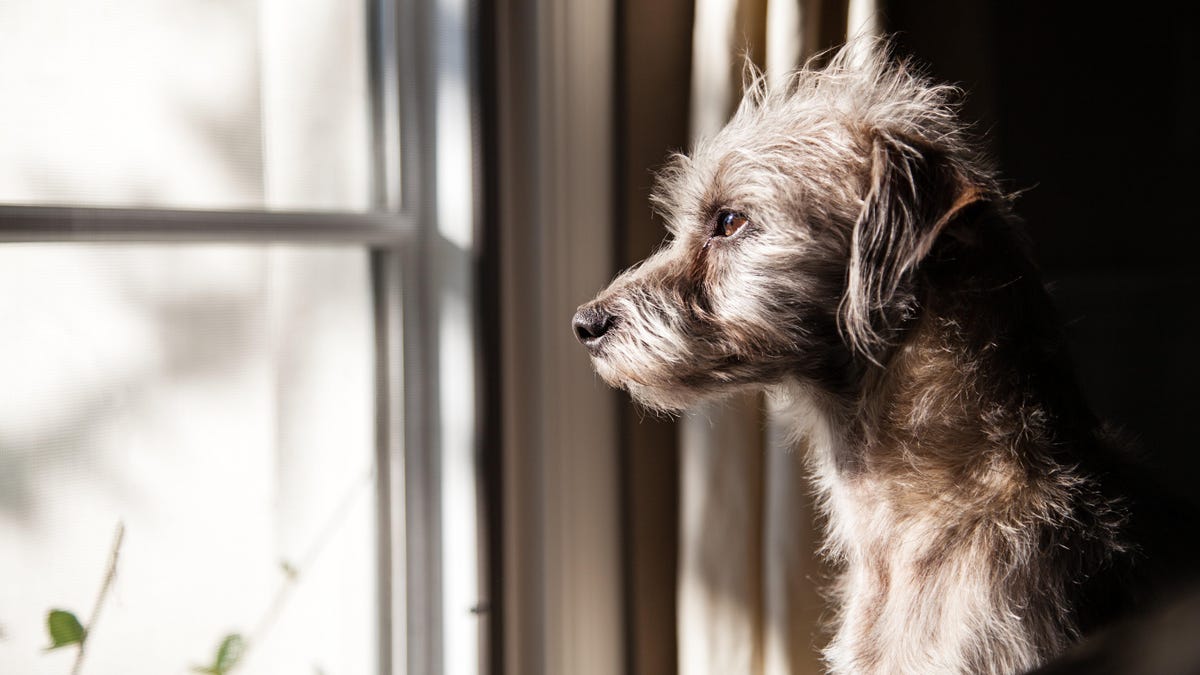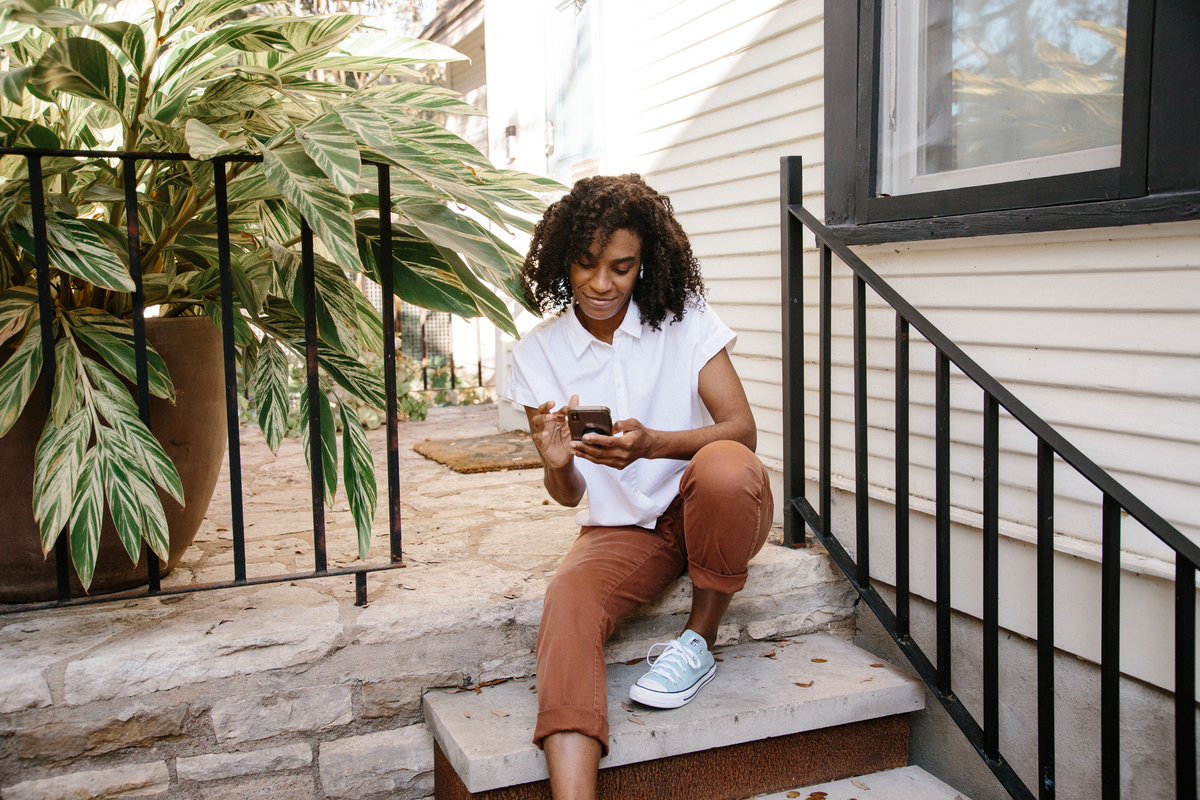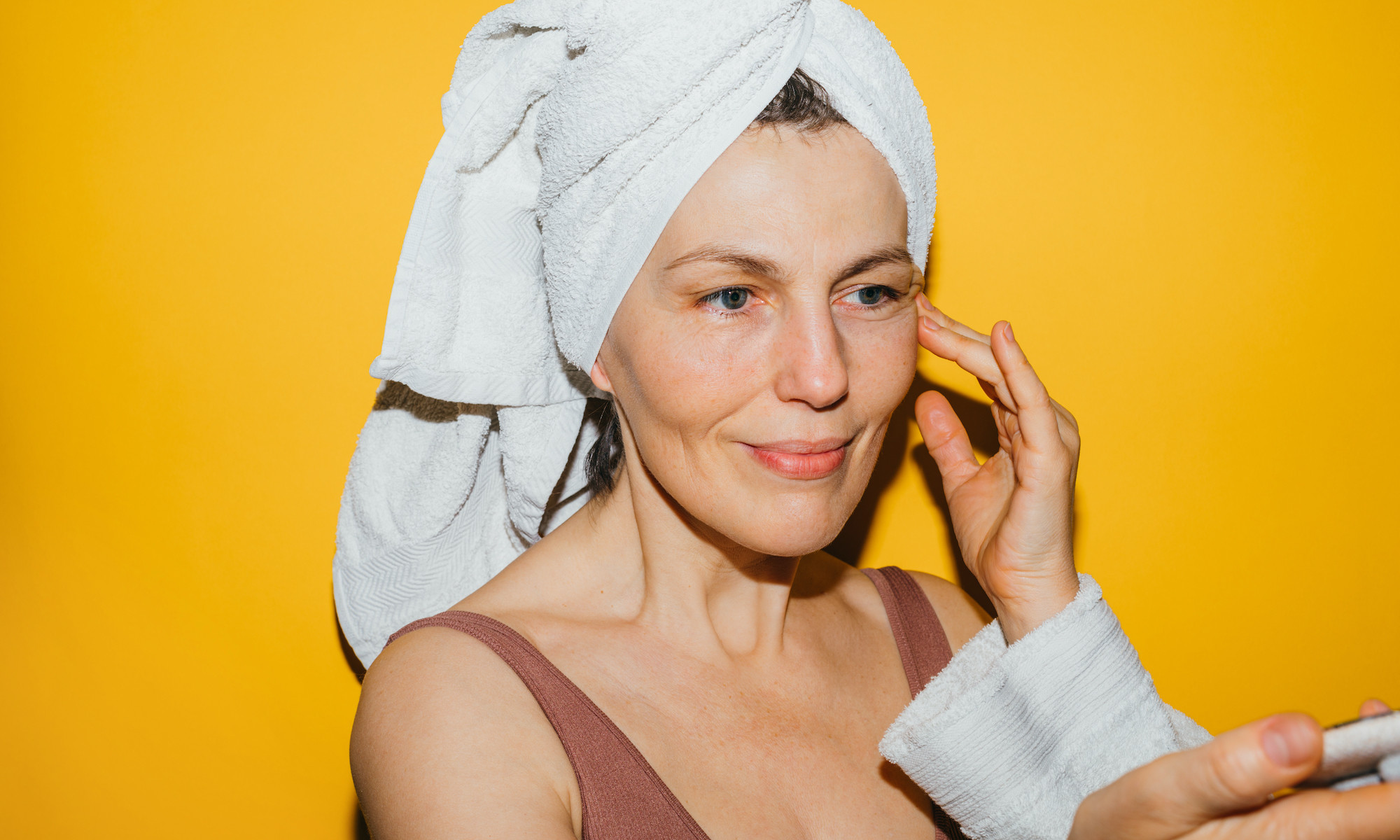The Best Time to Carve Your Pumpkin so It's Not Rotten on Halloween
It’s officially pumpkin season, and you know what that means. If you’re a parent in suburbia, not only will you go to a pumpkin patch to enjoy a hayride, corn maze, apple cider donuts, and pay $117 to shlep...


Photo: kobeza (Shutterstock)
It’s officially pumpkin season, and you know what that means. If you’re a parent in suburbia, not only will you go to a pumpkin patch to enjoy a hayride, corn maze, apple cider donuts, and pay $117 to shlep pumpkins across a giant field, you will also wonder: When can I carve these bad boys to get maximum jack-o-lantern enjoyment without them rotting on my front stoop before the big day? Let’s find out.
How long do un-carved pumpkins last?
First, let’s discuss how long a pumpkin can stay hearty without being carved. Under the right conditions, generally, healthy pumpkins can last 8 to 12 weeks un-carved. And what are those conditions?
Well, first, never forget pumpkin that is a fruit. Though their tough, thick exterior may convey impermeability and durability, they are, in fact, humble members of the winter squash family—and will thrive best in cool, shady conditions. According to Oregon State University horticulturists, the ideal storage temperature for pumpkins is between 50 and 55°F. Extended periods of rain, excessive humidity, heat, and frost can all adversely affect a pumpkin’s longevity.
So if you live in the warm, humid deep south, where temperatures can still hover in the 80s into October, or in damp or chilly climes, leaving them out on your porch for the whole month will lead to their early demise—likewise, perching them on your kitchen table and cranking the heat to 74 degrees. Instead, opt for suitable storage rooms such as cellars, basements, and garages (off the floor, which can hold moisture and accelerate rot).
How long do carved pumpkins last—and when should you buy them?
Figuratively? Carved pumpkins last about a hot second. Literally, in average conditions, jack-o-lanterns can stay healthy for three to five days; in the best conditions, possibly a week or slightly longer. While it is indeed tempting to bust out the Sharpie, stencils, and carving tools the second the ghosts and skeletons go up on your front door, your best bet is to delay pumpkin carving as long as possible; optimally, until a couple days (or the day) before Halloween.
So when should you buy your decorative orange gourds? While some diehard fall fans may run to the store on Sept. 1, this is not wise. As Marc Evan of Maniac Pumpkin Carvers told Real Simple, the best time to purchase pumpkins is within a week of when you plan to carve it. Besides looking for “a large pumpkin, heavy for its size, with unblemished skin,” we should also watch out for “the telltale sign of an older pumpkin: a dry, brittle stem. Instead, look for a fresh, green stem that’s about 3 to 5 inches long.”
How to extend the life of your pumpkins
Besides storage in cool, dry locales and delaying carving until no more than three days before Halloween, it helps to “bathe” your pumpkins in cool water to rinse off farm bacteria when you first bring them home. Spritzing them with vinegar and patting them dry furthers the cleaning process (and may add a layer of protection against dastardly, toothy squirrels). Wiping them down with a towel after a particularly dewy night outside can also slow down their decomposition. (Another way to ensure a long life for your pumpkins? Opt for smaller ones. Mini pumpkins can last six to 12 months.)
And once they’re carved, it helps to apply peppermint. According to Metro, “Once you have scooped out the insides of your pumpkin, you should spray the insides with peppermint dish soap, as peppermint is anti-fungal and will slow the pumpkin’s breakdown.”

 ValVades
ValVades 

































